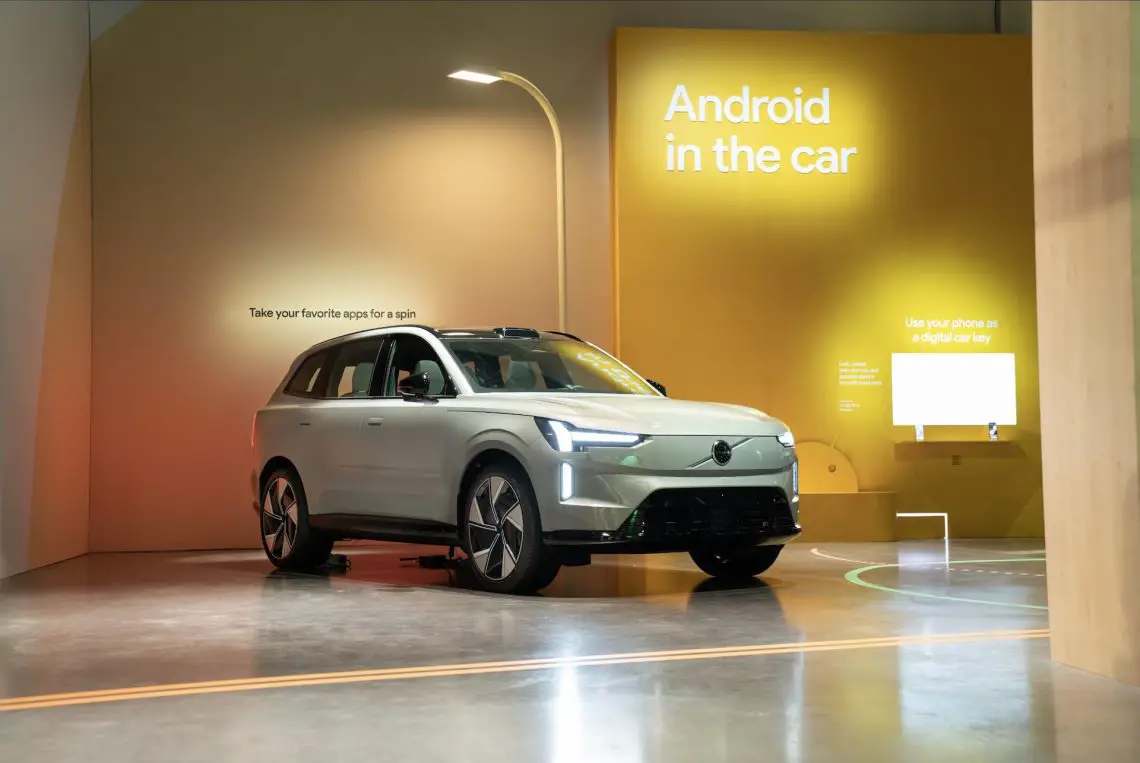Google HD Maps: what exactly is it and can I use it?
Google HD Maps: what is it?
First, just a little explanation of Google HD Maps. You can’t compare it to televisions, for example, where one screen has a resolution of Full HD (1080p) and another screen actually has a 4K resolution. So HD is not referring to higher picture quality here. The difference is mainly in the underlying details. An HD map is a highly accurate map that contains additional details not normally available with traditional maps.
Additional data layer
In fact, Google HD Maps has an additional layer of data delivered through Google Automotive Services to vehicles capable of partially autonomous driving (Level 2+ or Level 3). The increased level of detail in the maps is critical in automated driving, improving recognition of such things as lane markings and road signs.
Specially developed for car manufacturers
“Google’s new HD map is a new chapter in our long history of mapping the world and is designed specifically for automotive manufacturers. We are excited to partner with leading automotive brands to improve the safety and comfort of drivers everywhere,” stated Jorgen Behrens, VP and General Manager of Geo Automotive at Google. Says Behrens, “These road maps provide data critical to future generations of assisted and autonomous driving systems.”

Can I also use Google HD Maps?
So the answer to the question of whether you can use Google HD Maps as well is actually no. It is a software extension for the already existing Google Maps that you do have access to. With Google HD Maps, there is extra information behind the maps that you can’t do much with, but the car can. So indirectly, you benefit from the technology when you buy a car that supports this new service from Google. Brands like Volvo or Polestar, for example. The first cars with Google HD Maps are the Volvo EX90 and Polestar 3.
Expansion possible
In the future, Google’s HD Maps will also support the introduction of new autonomous driving technology in combination with, for example, a sensor set consisting of a roof-integrated lidar, radars, cameras and ultrasonic sensors. All this is to further improve the car’s understanding of its surroundings and improve road safety.

